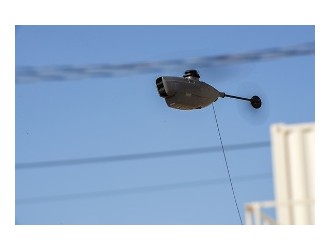Is France the next up-and-coming industrial 3D printing hub? It certainly seems that way, as various high profile 3D printing initiatives have recently kicked off in France. Just a few months ago, for example, French startup XtreeE and various high profile construction companies launched a serious construction 3D printing initiative, benefiting from the innovation-friendly climate in France. But the French aerospace sector is not far behind. Safran, one of the biggest manufacturers in that field, has just signed a collaborative partnership deal with Australia’s Amaero Engineering and Monash University to start 3D printing space-bound aerospace components – including gas turbines for jet engines.
Safran itself is a major manufacturer especially focused on aerospace, defense and security. With more than 70,000 employees and a 2015 sales revenue that clocked in at 17.4 billion euros, they are one of the biggest players in Europe’s aerospace manufacturing sector. Their Power Unit department is especially known for their innovative turbojet engines for civil and military aircraft, missiles and target drones, and they will play a key role in this new 3D printing initiative.

Amaero itself is a spin-off company that grew out of Monash research that will now be setting up a Toulouse facility to support Safran. “Our new facility will be embedded within the Safran Power Units factory in Toulouse and will make components for Safran’s auxiliary power units and turbojet engines,” CEO Barrie Finnin revealed. Aside from Monash University, this collaboration is also supported by the Australian Government through the Entrepreneur’s Programme, while CSIRO, SIEF and Deakin University are also involved.
But even before that initial success, Monash had been working with Safran on bringing 3D printing to the production stage. As François Tarel, CEO of Safran Power Units, declared, the technology has been way up on their list of targets over the past five years. “The stakes are high: weight reduction, huge production cycles shortening and designs innovation. Safran Group advances and our partner leading-edge expertise allow us to stay ahead and to supply the most sophisticated components. This is not just a matter of 3D printing, the 3P rule applies: setting the right parameter for the right part and the right expected performance” Tarel. The first results of this collaboration could go into production as early as the first quarter of 2017.
But Amaero and Monash are not completely focused on Toulouse, as they are also bringing their aerospace 3D printing innovations to various Australian industries. Among others, they are working on a range of biomedical devices, customized surgical tools and scaffolds that can replac large tumors that are surgically removed. Mining and food processing applications are also on the agenda. We’re getting closer and closer to large scale metal manufacturing through 3D printing.





